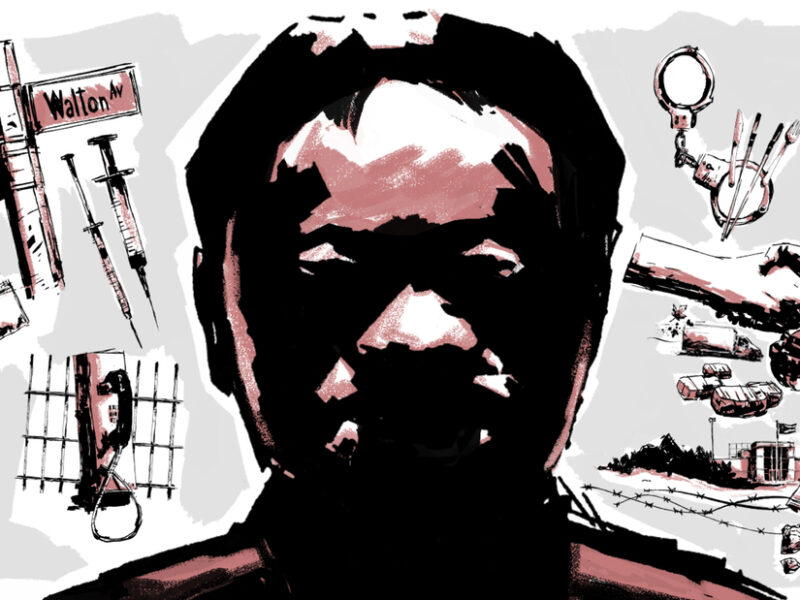Demise of a kingpin, rise of an empire: How the fall of a US-based heroin syndicate in the 1990s laid the foundation for a multibillion-dollar Asian methamphetamine cartel

With his black hair parted down the middle and modest fashion sense, Tse Chi Lop didn’t look like the head of a multinational operation that had flooded the streets of New York with heroin before his arrest on August 12, 1998.And, as he sat in a spartan interrogation room in Hong Kong, he didn’t really behave like one, either.Suspects usually reacted to arrest in one of two ways, the now-retired agent told CNN from his home in New Jersey. Combative types embraced the machismo that helped them navigate the cutthroat world of drug dealing. Cooperative ones worried that not talking meant longer prison time. Tse didn’t do either. He was calm, friendly and strategically tight-lipped — even when Calnan told him the United States would be requesting his extradition. Tse just smiled.”He was impressive,” said Calnan. “He was different.”By the end of that year, Tse was in New York, where he pleaded guilty to a single charge of conspiracy to import heroin into the US and was sentenced to nine years in prison. But if the authorities that put Tse behind bars were hoping he’d emerge from prison a changed man, it seems they were wrong.Two decades later, Tse had allegedly become the head of a methamphetamine cartel earningInstead, the war on drugs created a vicious cycle. Drug dealers went to prison for years thanks to tough sentencing laws. Limited resources were dedicated to getting criminals to change their ways. So prison ended up offering convicts the opportunity to network and learn from each other. Several studies have shown that incarceration, in certain circumstances, can have a criminogenic effect — instead of deterring criminal behavior, it reinforces it. A 2002 analysis of convicted felons in Jackson County, Missouri, found that incarcerated drug offenders were five to six times more likely to commit another crime than those placed on probation. Another study in 2012 found that, in some cases, crime pays. Those who were put behind bars earned, on average, about $11,000 more in illegal income than those who had not spent time in prison. Academics in Denmark who analyzed the country’s entire prison population found in 2020 that for criminals sentenced to prison for drug offenses, there was “strong evidence of reinforcing peer effects on recidivism” — that is, drug dealers who met other drug dealers in prison learned from each other and ended up back in jail. Calnan said he did a double take when the name of the man who calmly sat across from him in Hong Kong popped up in the news more than two decades after their meeting. He hadn’t given Tse another thought after his conviction in 2000.He never thought Tse would, allegedly, become “one of the biggest international drug dealers of all time,” Calnan said.”Looking back on it, it’s not surprising at all,” Calnan said. “He (Tse) had the skills, and of course time in prison is networking like crazy.”Calnan realized later that the moderately successful heroin dealer he put behind bars was smart enough to run a criminal empire, and savvy enough to know how to use prison to his advantage.”(Sunblock) begins with guys in prison networking,” Calnan said. When it came to Tse Chi Lop, Calnan said: “I don’t doubt … that’s exactly what he did also.”Illustrations by Alberto Mier



